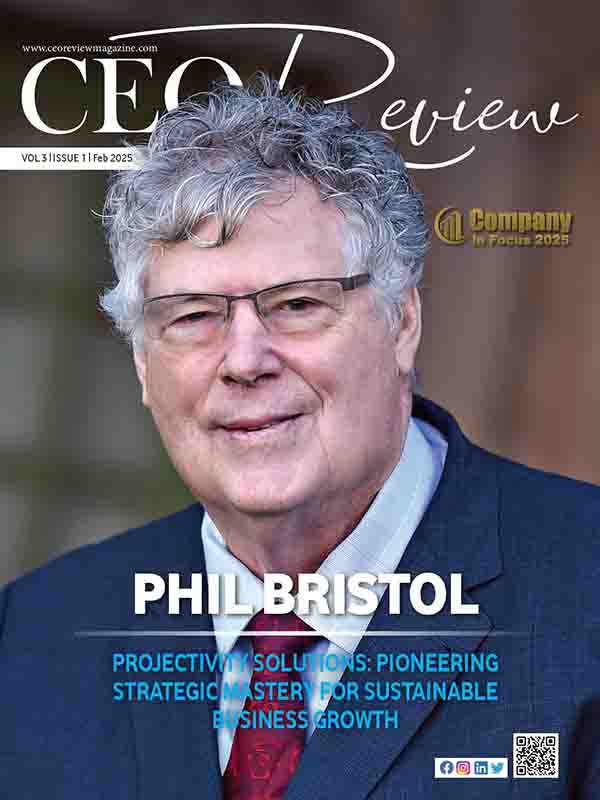Startup Success Secrets: Key Tips for Nurturing and Growing Your Venture
Embarking on a startup journey is an exhilarating and challenging endeavor. As an entrepreneur, you have a vision and a passion to bring your ideas to life and make a meaningful impact. However, the early stages of a startup are critical for establishing a solid foundation and setting the stage for future growth and success. In this article, we will delve into essential tips for startup success, covering key areas such as idea validation, team building, customer focus, and adaptability.
Idea Validation:
Before diving headfirst into your startup, it is crucial to validate your idea. While your enthusiasm is important, it is equally essential to assess the viability of your product or service in the market. Conduct thorough market research to understand your target audience, their pain points, and the potential demand for your offering. Gather feedback from potential customers and industry experts to refine your concept. This process will help you understand your market positioning, address potential challenges, and increase your chances of success.
Build a Strong Team:
Surrounding yourself with the right team is paramount to the success of your startup. Seek individuals who complement your skills and share your vision. Look for diverse talents, including technical expertise, marketing know-how, and financial acumen. Each team member should be passionate, dedicated, and aligned with the mission and values of the startup. Cultivate a positive and collaborative work environment that fosters creativity, open communication, and a shared sense of purpose. Remember, a strong team can overcome challenges and drive innovation.
Customer Focus:
Understanding your target audience and their needs is fundamental to building a successful startup. Take the time to truly listen to your customers, gather feedback, and iterate your product or service based on their input. Develop a deep understanding of their pain points, desires, and expectations. Emphasize excellent customer service, create a seamless user experience, and prioritize building strong relationships. By putting your customers at the center of your strategy, you increase your chances of creating a product or service that resonates with them and meets their needs effectively.
Best Business Credit Cards for Startups
Adaptability:
The startup landscape is dynamic and ever-changing. Being adaptable is essential for survival and growth. Be open to change, embrace feedback, and be willing to pivot when necessary. Stay up to date with industry trends, competitor analysis, and emerging technologies. Foster a culture of continuous learning and improvement within your team. Encourage experimentation and the ability to quickly iterate based on market feedback. Be willing to make bold decisions and seize new opportunities. By being adaptable, you can navigate obstacles, stay ahead of the curve, and position your startup for success.
Focus on Execution:
While having a great idea is important, execution is what sets successful startups apart. Develop a clear and actionable plan that outlines your goals, strategies, and milestones. Break down your plan into smaller achievable tasks and set deadlines. Ensure that you have a robust operational structure in place to support your execution. Regularly track your progress, measure key performance indicators (KPIs), and make data-driven decisions. Be agile and willing to adjust your strategies as you gather insights from the market.
Seek Mentorship and Networking:
Building connections and seeking mentorship are invaluable for startup success. Surround yourself with experienced mentors who can provide guidance, support, and industry knowledge. They can offer advice based on their own experiences, help you navigate obstacles, and provide insights into potential pitfalls. Additionally, actively participate in networking events, industry conferences, and startup communities. Engage with fellow entrepreneurs, investors, and industry experts. Networking provides opportunities for collaboration, partnerships, and learning from others who have walked the same path.
Conclusion:
Building a successful startup is a challenging endeavor that requires careful planning, relentless dedication, and the ability to adapt to a dynamic environment. By validating your idea, building a strong team, prioritizing customer focus, fostering adaptability, focusing on execution, and seeking mentorship and networking, you can position your startup for long-term success. Remember, the journey may be challenging, but with the right mindset, strategic approach, and passion for your vision, you can turn your entrepreneurial dreams into reality.







